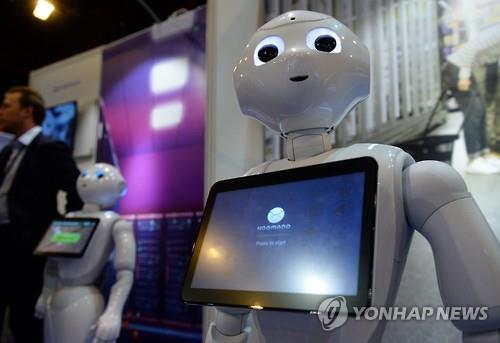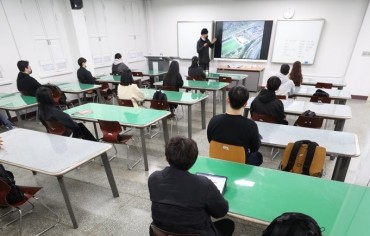
The Organization for Economic Cooperation and Development (OECD) recently published a report that identified South Korea as having the lowest percentage of jobs at risk of being replaced by robots. (Image Credit: C_osett / Flickr)
SEOUL, May 31 (Korea Bizwire) – The Organization for Economic Cooperation and Development (OECD) recently published a report that identified South Korea as having the lowest percentage of jobs at risk of being replaced by robots.
The report ‘The Risk of Automation for Jobs in OECD Countries’, released by the OECD on May 30, used the database of the Programme for the International Assessment of Adult Competencies (PIAAC) and analyzed a total of 21 OECD member countries including Korea. According to the report, South Korea has the lowest percentage of jobs at risk of automation. Jobs at ‘risk of automation’ are defined as having a more than 70 percent likelihood of being replaced by robots.
The report ultimately identified two reasons for Korea’s ranking – the overall high education level of its population, and the fact that tasks carried out by laborers, even of those with low education levels, are not the type that can be automated. It was estimated that only 6 percent of jobs in Korea are at risk of automation and replacement by robots.

The report warned against immediately assuming jobs replaceable by robots are the same as jobs that have disappeared due to natural technological progress. (Image Credit: Yonhap)
Following behind Korea were Poland, Sweden, Finland, Belgium, and Japan, each with 7 percent of jobs at risk of automation. Meanwhile, the U.S., France, Canada, and Denmark each had 9 percent of jobs at risk of automation and the Netherlands, Norway, the United Kingdom, and the Czech Republic were each estimated to have 10 percent of their jobs at risk. The countries with the highest percentage of automation risk were Germany, Austria, and Spain, at 12 percent.
Education levels and income levels of employees are the two vital factors that determined a job’s risk of automation – which, in effect, meant jobs held by low-skilled and low-income workers were at the greatest risk of being taken over by automation. As to the drastic differences among countries, the report listed prevailing organizational structure, each country’s past investment in automation technology, and the education level of employees as the determinants.

The report pointed out that workers can learn new skills and take advantage of technology to evade unemployment, and more importantly, that technological change is often what creates new jobs. (Image Credit: Yonhap)
On the other hand, the report warned against immediately assuming jobs replaceable by robots are the same as jobs that have disappeared due to natural technological progress.
The report pointed out that workers can learn new skills and take advantage of technology to evade unemployment, and more importantly, that technological change is often what creates new jobs.
“Automation and digitalization will not destroy a huge number of jobs, although there will be more disadvantages for low-skilled laborers,” stated the author of the report.
The report also suggested and emphasized potential solutions, such as providing ample opportunities for more education to low-income laborers.
Despite the assurances included in the report, however, an earlier study calculated that 47 percent of the jobs in the U.S. could be replaced by computers or machine algorithms between 10 and 20 years from now. The study also estimated that 45 to 60 percent of jobs in Europe are at a high risk of automation.
In light of these reports, it seems as though the process of automation will continue to be hotly debated for the foreseeable future.
By Esther J. Kim (esther.jiyoung@koreabizwire.com)






